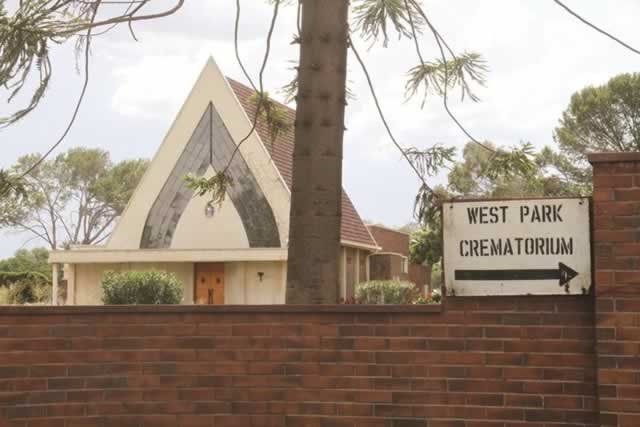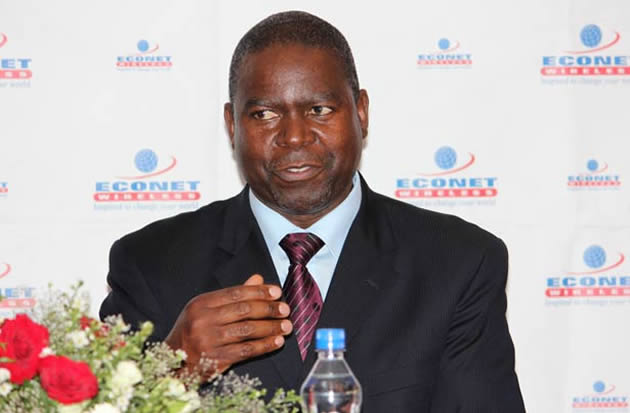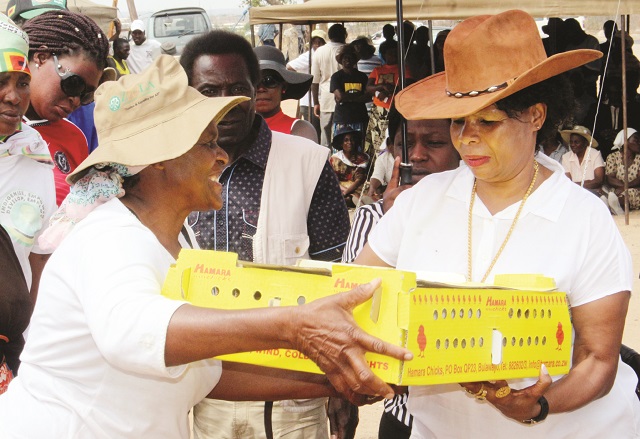Byo burial space shortage: People need to adjust culturally and Consider cremation as an alternative


Since the closure of the Bulawayo West Park Cemetery more than a year ago, the city’s bereaved bury their departed at the Luveve Cemetery, situated near the Sipazipazi Mountains
Saul Gwakuba Ndlovu
SINCE the closure of the Bulawayo West Park Cemetery more than a year ago, the city’s bereaved bury their departed at the Luveve Cemetery, situated near the Sipazipazi Mountains.
A little space is apparently left in the Greenspan section of the West Park graveyard, but it is reserved for the city’s highly respected elderly people.
The overwhelming majority of Bulawayo’s deceased are interred at Luveve Cemetery, a facility that caters for Bulawayo’s four corners, that is, from Mganwini- Rangemore in the extreme west to Llewellyn Barracks- Cement Siding and the agro-industrial environs in the east.
In the south, the cemetery accommodates Douglasdale-Eloana-Waterford, and then North End/Sauerstown plus the quasi-farming sector of Trenance in the town’s northern fringes.
Although the city’s exact total population is unknown, a guess of about one-and-a-half million is generally considered to be fairly correct.
The author of this article is not aware of any demographic statistics indicating Bulawayo’s daily death average.
However, mere observation indicates that about 10 burials occur daily in Bulawayo. To this figure we should give or take about two. That estimate gives us between 240 and 360 burials monthly for a population of 1,5 million.
That calculation may very well be incorrect as it is based on visual observations numbers of which may vary very much daily, especially on weekends and also seasonally.
However, the real subject matter of this discussion is the accessibility of the Luveve Cemetery to Bulawayo’s various residential areas, that is, to the people of Waterford, Mahatshula, Mganwini, Llewellyn- Cement Siding, Douglasdale, Trenance and Kensington.
A cemetery falls under the category of social amenities that are unavoidable in every community. An amenity must be accessible. If it is a long distance away, it is not convenient as it generates onerous expenses in terms of both finance and time.
We live in a quasi-industrial environment where time is of much essence to our lives. If much of it is spent on moving from one place to another, the process becomes more costly in more ways than in sheer monetary terms.
In usual terms, travelling long distances requires more financial resources than shorter distances. This is what the Bulawayo City Council should look at in connection with burials in its area.
As the city expands, so must its social amenities, their accessibility being a major factor. Each Bulawayo city councillor should ensure that his or her ward has an accessible medical facility, and of course, cemetery as an extension of that facility.
What that means in simple terms is that every medical facility should have a mortuary for at least six bodies. The nearest cemetery should not be more than 10km away. Luveve cemetery is more than 35km from Llewellyn Barracks and also from Waterford.
It would be much easier for the residents of Douglasdale, Eloana, Waterford and other southern suburbs to have a cemetery in their sector than for them to travel all the way across the city, past Luveve to Sipazipazi to bury their relatives or friends.
Similarly, Emganwini, Rangemore, Bellevue, Southwold and West Sommerton residents can do with cemeteries nearer their respective localities than having to travel to the Luveve graveyard.
This issue can be much more appreciated by councillors that are close to the people in their wards than by those who contact voters only during campaign periods.
This article’s author has attended several funerals where relevant councillors were very conspicuous by their absence. They were expected to feature on the programmes, but did not turn up.
One would have thought that a death in a ward would be treated by a councillor as an opportunity for him or her to meet his or her ward’s residents.
Although it is unrealistic and undesirable for councillors to attend the actual burial of the deceased voter at the cemetery proper, it could help them to hear what some of the bereaved say about having to go from such places as Killarney to Luveve cemetery, a distance of about 30km.
We must also bear in mind that many people tend the graves of their beloved ones for years after burial. If the graves are far away, it becomes very difficult, if not impossible, to do so.
We have been looking at cemeteries and how conveniently or inconveniently they are located to Bulawayo city’s various communities. Cemeteries occupy pieces of ground, some of them quite large areas.
Land is not elastic whereas populations are, particularly in cultures where men can marry more than one wife, and birth control is frowned upon.
Zimbabwe is a multi-cultural country where some men have dozens of children by several women. That means that the country’s population is increasing, but not the size of the country.
The result of that development will be that there will be less living as well as burial space. It will sooner than later be difficult to accommodate both the living and the dead if we do not adjust culturally, by having fewer children and also by the disposal of our dead in a way that requires much less physical space than graves.
Monogamous marriages tend to result in fewer children than polygamous ones. Meanwhile, cremation certainly saves both space and financial resources. These are matters on which the nation needs to be educated about, and national leaders have a big role to play in that regard.
Councillors have to understand that their duties far exceed the provision of water, energy, medical, educational services and facilities.
They have to enlighten the communities they represent about national resources and their usage, and land is without any doubt the most important. Cremation is indeed a very economical type of disposal of dead bodies in terms of space, time and material resources, including finance.
Maybe individual councillors should organise workshops in their wards about this obviously important matter.
Saul Gwakuba Ndlovu is a retired, Bulawayo-based journalist. He can be contacted on cell 0734 328 136 or through email [email protected]











Comments